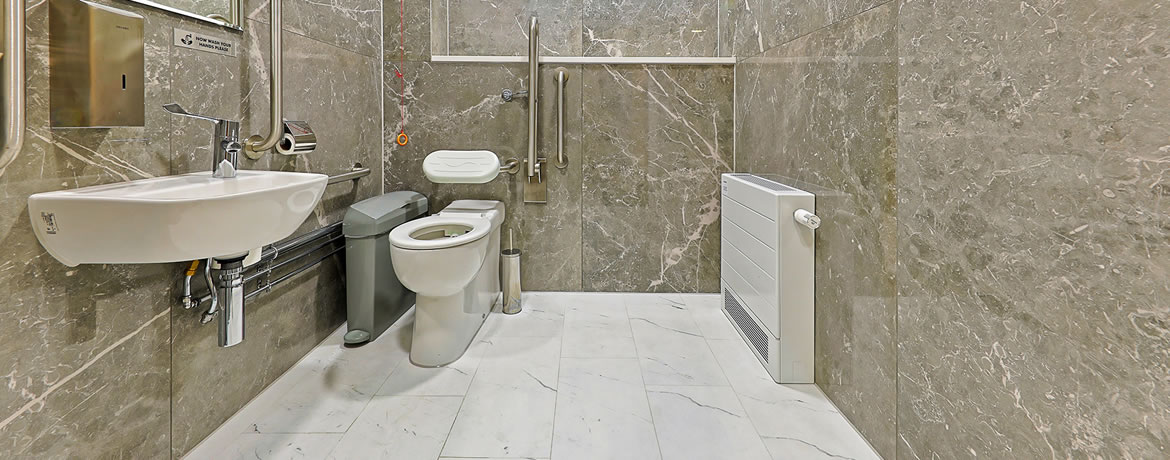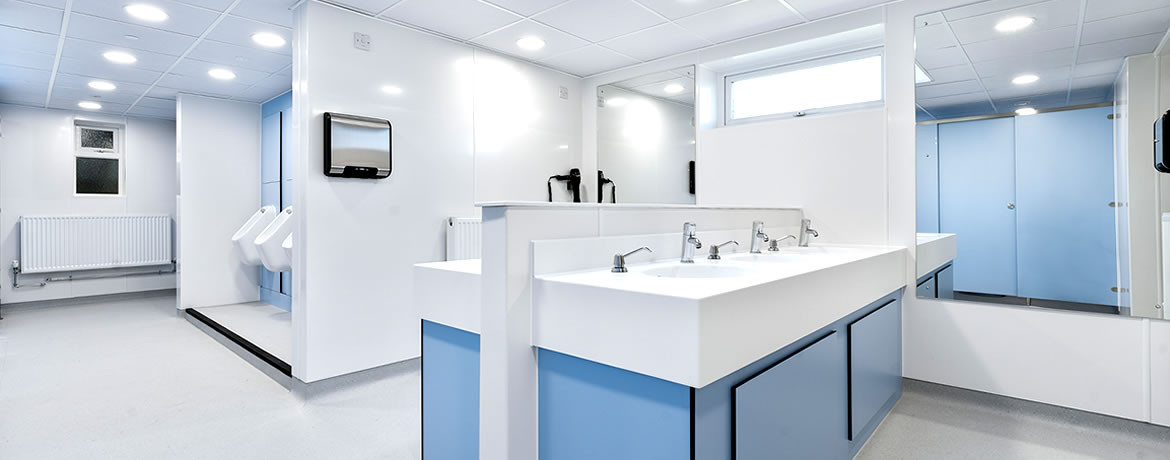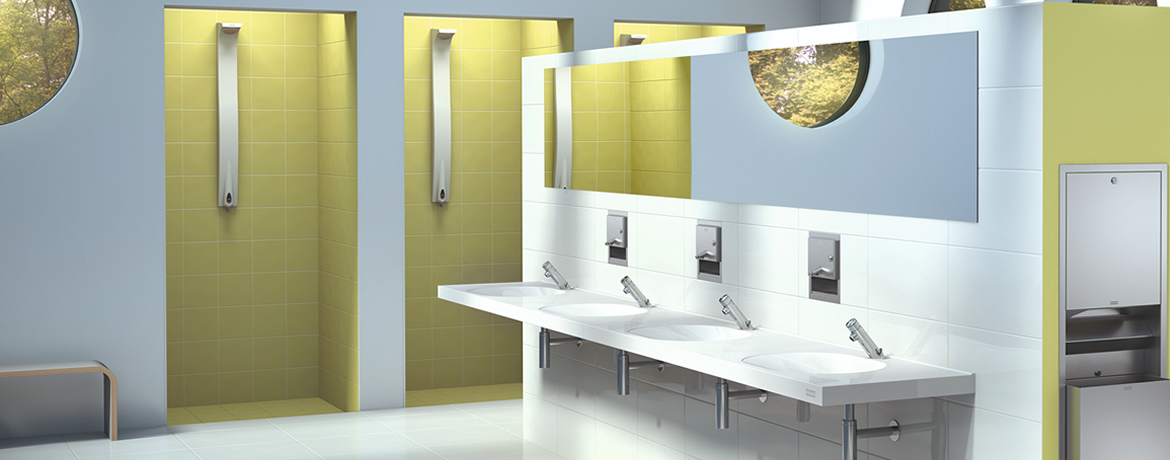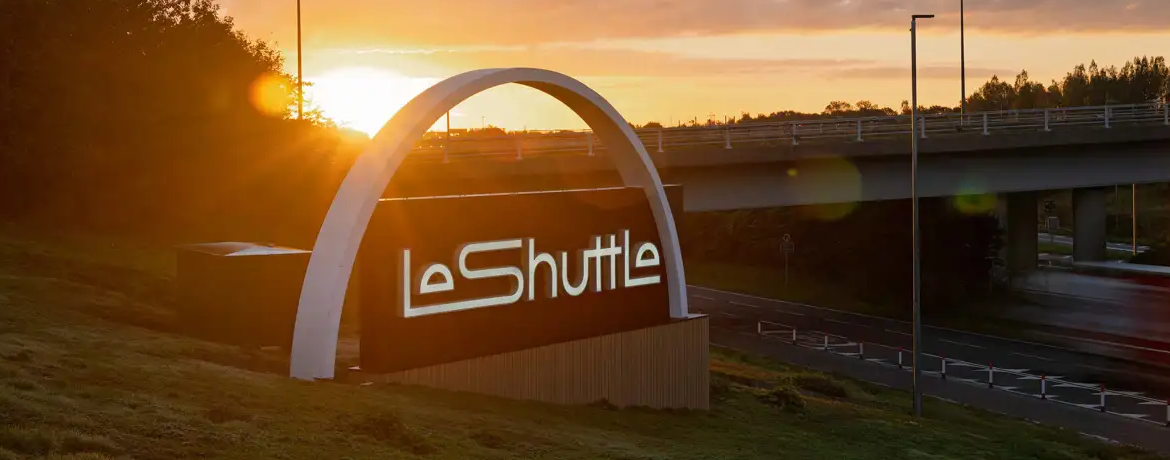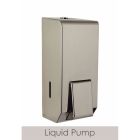School Toilet Requirements
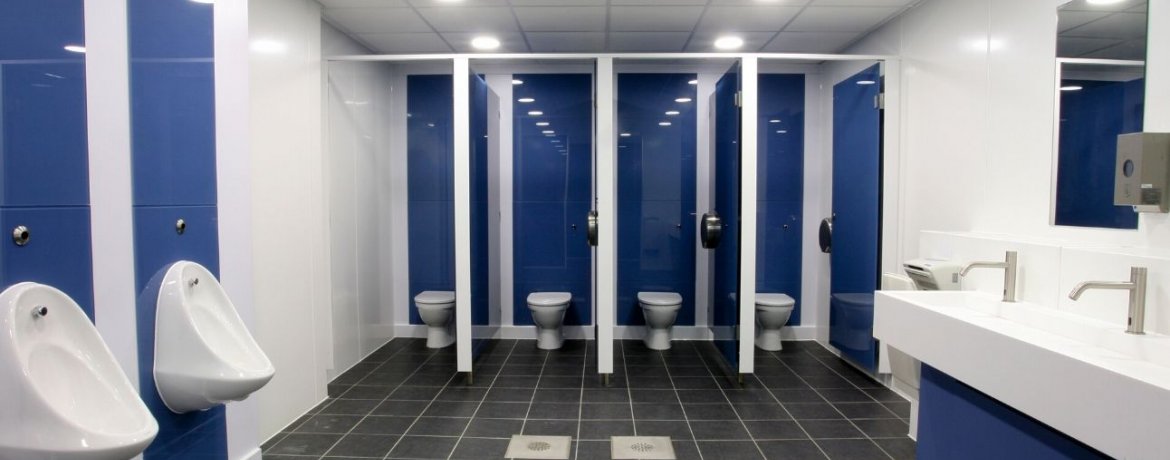
The design and finish of school washrooms continues to evolve. Today we see some of the most innovative design considerations taking place in the education sector, with washrooms boasting a wide range of safety, hygiene and anti-vandal functionality. However, while new product design allows for these great leaps in usability, there are certain criteria that must be met in the school washroom.
How many toilets should a school have in the UK?
First and foremost, is how many toilets are needed in your school. The answer depends on several factors, including the age of pupils, but also whether you’re in Scotland, or the rest of the UK.
Toilet requirements for schools in England and Wales
Below are the number of toilets and washbasins required in schools across England and Wales:
-
Pupils under 5 years of age: 1 toilet for every 10 pupils.
-
Pupils over 5 years of age: 1 toilet for every 20 pupils.
-
In special schools: 1 toilet for every 10 pupils, regardless of age.
-
Where the majority of pupils are under 11: as many basins as toilets.
-
Where the majority of pupils are over 11: Washrooms with 1 toilet must contain at least 1 washbasin; Washrooms with 2 toilets must contain at least 2 washbasins; Washrooms with 3 or more toilets must have at least two thirds the number of washbasins as there are toilets.
Other regulations to consider:
-
Toilet areas for male and female pupils over the age of 8 must be separate.
-
Toilets used by girls must not have urinals.
-
Staff toilets, other than those designated for disabled access, must be separate from pupils’ toilets.
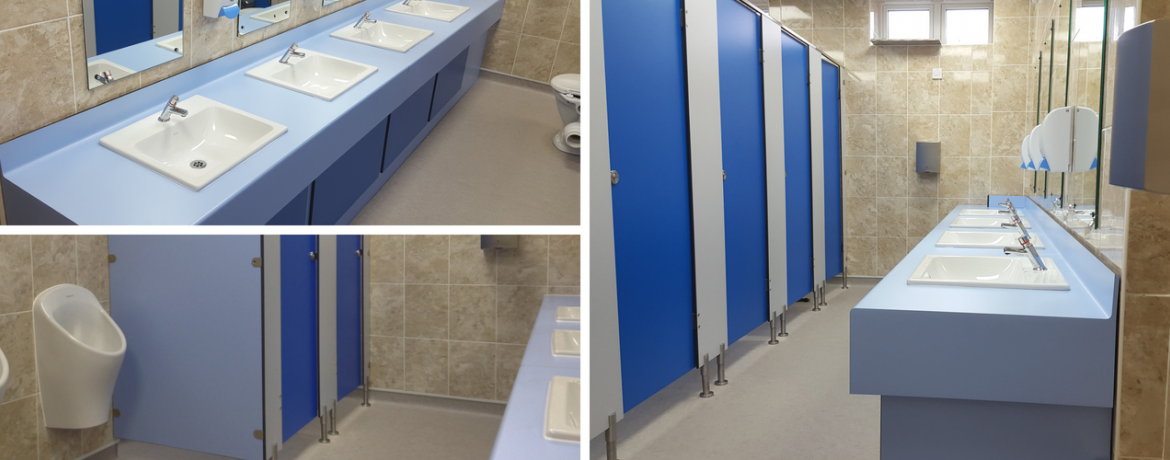
Toilet requirements for schools in Scotland
In Scotland, the regulations for school toilets are a little different:
-
2 toilets for every 15 pupils (up to a total of 60).
-
2 toilets for every additional 30 pupils (up to a total of 300 pupils).
-
2 toilets for every additional 60 pupils over 300 pupils.
-
4 wash hand basins for the first 30 pupils.
-
4 wash hand basins for the next 30 pupils.
-
2 wash hand basins for every additional 30 pupils up to a total of 300 pupils.
-
2 wash hand basins for every additional 60 pupils over 300 pupils.
In addition to the above criteria, there also needs to be sanitary bins in cubicles for the disposal of sanitary products for girls. Every toilet should be adjacent to a washbasin, and each toilet will need to have a locking cubicle to offer sufficient privacy.
Are unisex toilets legal in schools?
There’s been a move in recent years towards unisex washrooms. These have been shown to reduce bullying and help promote better hygiene. Same sex washrooms might sound unusual, but with full height cubicles - meaning panels run floor to ceiling - privacy is maintained, leaving the communal hand wash area free from social gathering and misbehaviour. Often, the communal hand wash area forms part of a wider open plan space, and can be seen and monitored by all members of faculty staff easily. Unisex toilets are legal in the UK and are proving a popular choice by schools spanning primary, secondary, sixth form and college campuses.
You can learn more about unisex toilets in schools here or read our case study on creating unisex toilets in Shaftesbury School.
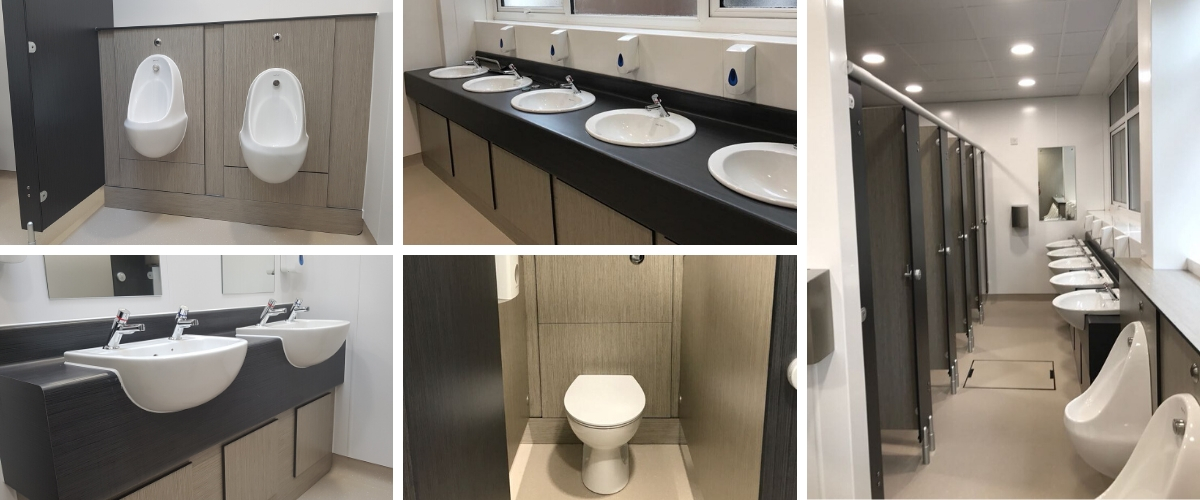
Advances in school washroom design
As well as a move towards unisex washrooms, there are also a number of advancements in school washroom technology. Following the coronavirus pandemic, schools are keen to improve their hygiene standards. As such, materials like Altro Whiterock have become standard, providing easy clean wall surfaces that boast antibacterial properties and powerful fire rating. Vinyl anti-slip safety flooring is also used widely, along with sensor activation being employed from light switches, to toilet and urinal flushes, taps, and hand dryers. This combination significantly reduces touch points in the washroom, delivering a huge benefit in hygiene. You can read our feature on How To Improve School Toilets here.
TMV3 valves
You will need to ensure thermostatic mixing valves are used on all hot feeds in your school washroom. These devices blend both hot and cold water feeds to deliver a temperature controlled warm feed to taps. This protects users from scalding. While some sensor taps have a TMV3 within them, most schools have them fitted on the main hot feed to wash basins, as well as changing room showers.
If you would like further advice on school washroom specifications, or to chat about our supply and fit service, please get in touch with one of the team on 01202 650900.
You’ll also find other helpful information related to school toilets in our blog, including:
Modern Advances in School Toilet Blocks to mitigate Antisocial Behaviour
School Toilet Blocks always used to be forbidding places – a haunt of bullies with the waft of cigarette smoke and more recently a place where Mobile Phone Cameras are feared.
That has changed dramatically in recent year and School toilet blocks are now designed to prevent Antisocial Behaviour, save water and to discourage using the area as a hangout.
Read the Blog about School Toilet Blocks to mitigate Antisocial Behaviour
MORE TO EXPLORE IN Related Posts

Fast Dry Hand Dryer Stainless Steel

Modular Plastic Toilet Roll Dispenser
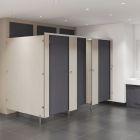
Ultra SGL Toilet Cubicles (High Abuse Range)
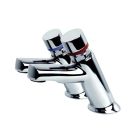
Inta Basin Mounted Non Concussive (Push) Taps
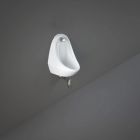
RAK Jazira Urinal Pack Exposed or Concealed Cistern
As low as £79.20 £66.00

Bespoke Solid Surface Box Wash Trough
As low as £780.00 £650.00

RAK-Junior School Height Back to Wall Toilet
As low as £126.00 £105.00

